As a homeowner, I’m sure you ask yourself the same question I do – how long does it take bed bugs to infest my home? It’s a scary thought, and one that no one wants to deal with. Fortunately, with the right knowledge, you can prevent bed bugs from infesting your home. In this article, I’ll provide you with the facts on bed bugs and how long it takes them to infest a home. So, if you’re wondering how long it takes bed bugs to infest, read on to find out!
What are Bed Bugs?
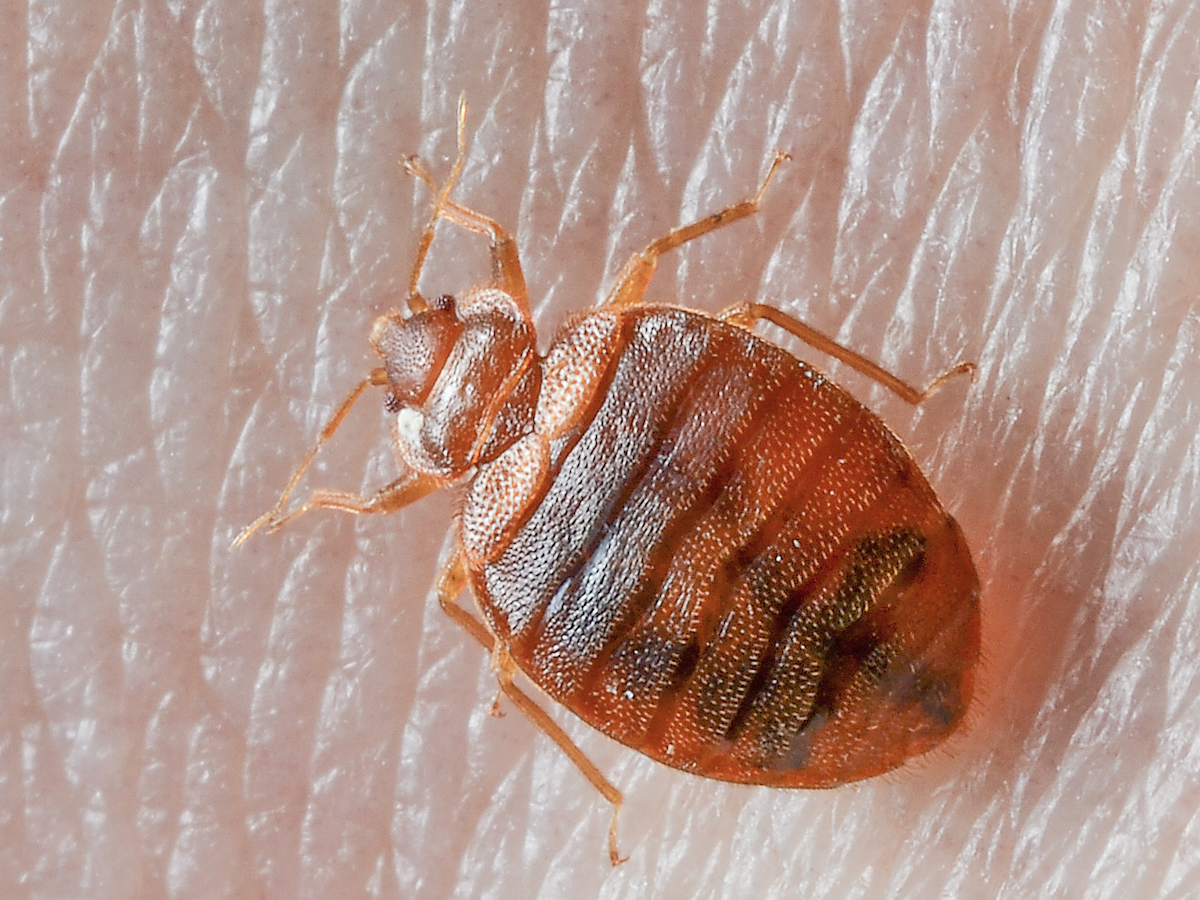
Bed bugs are parasites that feed on human blood. They are reddish-brown in color, wingless, and range from 1mm to 7mm in size. Bed bugs typically hide in the cracks and crevices of beds, headboards, mattresses and box springs, or any other area they can find near a human host. Bed bugs are most active at night, when they come out to feed.
Their bites are painless, and can cause itching and inflammation. If left untreated, bed bug bites can become infected.
Bed bugs can be difficult to detect as they are small, nocturnal, and hide in cracks and crevices. Signs of bed bug infestations include:
- Rusty or reddish stains on bed sheets or mattresses caused by bed bugs being crushed.
- Dark spots (about this size: •), which are bed bug excrement and may bleed on the fabric like a marker would.
- Eggs and eggshells, which are tiny (about 1mm) and pale yellow skins that nymphs shed as they grow larger.
- A sweet musty odor.
Where Do Bed Bugs Come From?
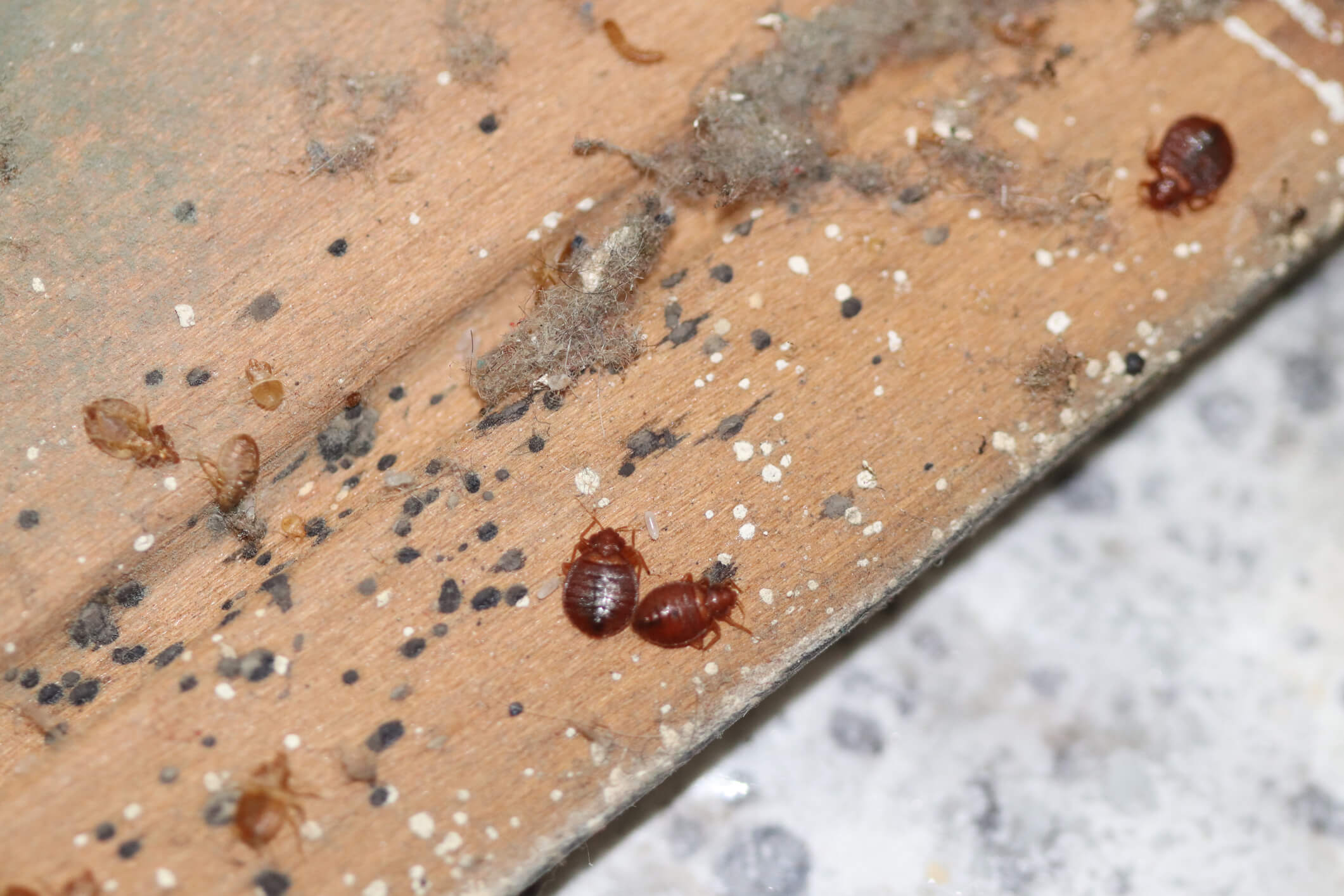
Bed bugs are small, flat insects that measure around 5mm in length. They are brown in color and are about the size of an apple seed. Bed bugs are most commonly found in furniture, bedding, mattresses, box springs, and carpets. They feed on the blood of humans and animals and can survive in even the cleanest of homes or hotels.
Bed bugs have been around for thousands of years and have been found in multiple ancient cultures. They are thought to have originated in the Middle East and then spread to other parts of the world. They are now found on every continent except Antarctica.
Bed bugs are most commonly spread through travel. They can be found on clothing or luggage and can easily hitch a ride on unsuspecting travelers. They are also spread through the sale or trade of infested furniture, bedding, and mattresses. As a result, it is important to inspect any used furniture before bringing it into your home.
Bed bugs can also spread through small cracks and crevices in walls or floors. They are incredibly small and can fit in the tiniest of spaces. They can also be spread through shared living spaces, such as apartments or dorm rooms.
Overall, bed bugs are incredibly resilient and can spread rapidly if not properly dealt with. It is important to inspect any used furniture and to thoroughly inspect your home for signs of an infestation. If you do find an infestation, it is important to seek professional help to ensure they are properly eradicated.
How Do Bed Bugs Spread?
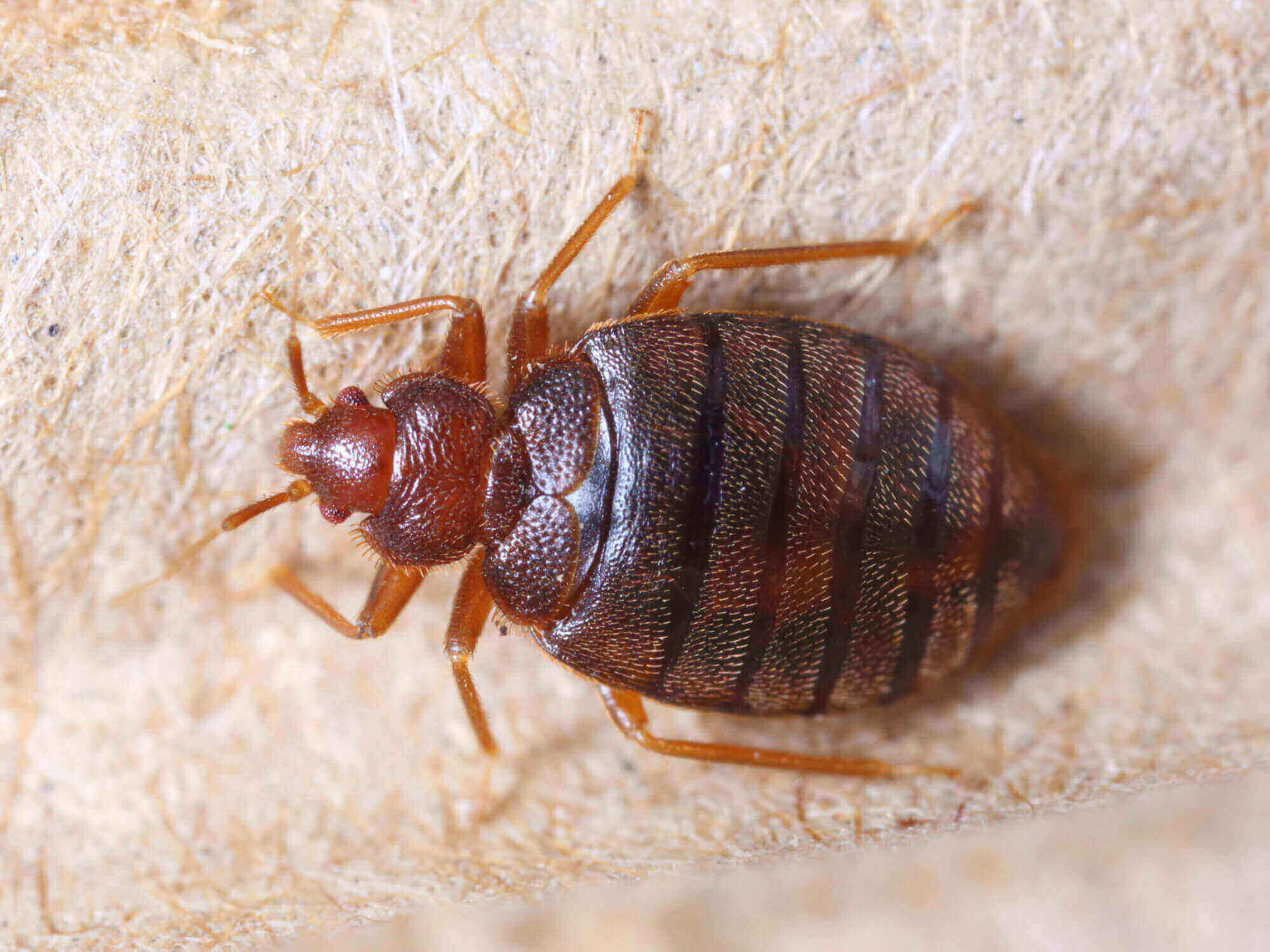
Bed bugs are highly adaptable, resilient, and mobile pests that can travel from place to place with ease. They can be easily transferred from one location to another through various means, including human travel, luggage, clothing, furniture, and bedding. Bed bugs can also be spread through cracks and crevices, and by hitching rides on pets and animals.
| Method | Description |
|---|---|
| Human Travel | Bed bugs typically spread through human travel and can be found in hotel rooms, airplanes, and other public places. |
| Luggage, Clothing, Furniture, and Bedding | Bed bugs can easily attach to clothing, furniture, and bedding, and can be transferred from one location to another through these items. |
| Cracks and Crevices | Bed bugs can hide in cracks and crevices, and can be transferred from one location to another through these narrow spaces. |
| Animals and Pets | Bed bugs can hitch a ride on animals and pets, and can be transferred from one location to another through this means. |
Bed bugs are notoriously difficult to eliminate and can spread quickly, so it is important to be vigilant and take proactive steps to prevent infestations. Regularly inspecting rooms and furniture for signs of bed bugs, vacuuming regularly, and using bed bug-proof mattress and box spring encasements are all effective methods of preventing bed bug infestations.
Signs of Bedbugs
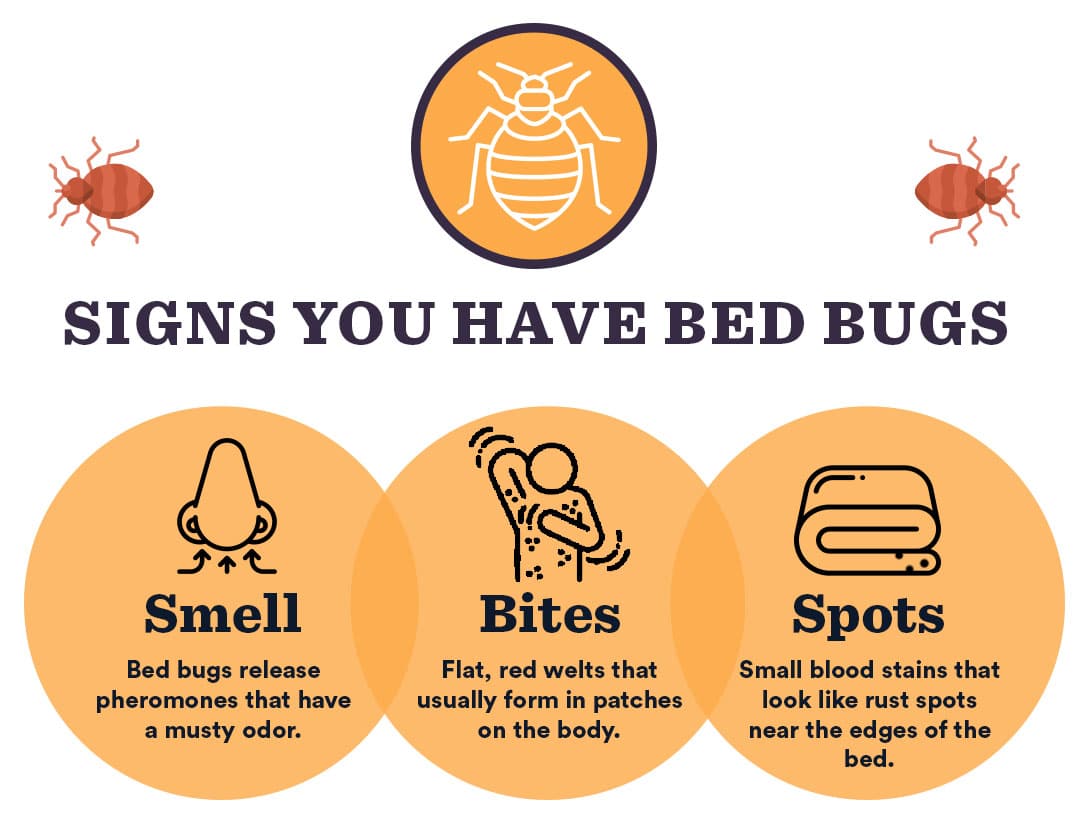
Bed bugs are difficult to identify, but there are several signs that can indicate the presence of an infestation. The most common sign is finding clusters of small, brownish-red bugs, usually around the mattress or bedframe. Bed bugs may also leave behind small dark spots on bed sheets or mattresses, which are droppings from the bugs. In addition, there may be a sweet, musty odor in the area.
If you suspect a bed bug infestation, you should check for the following signs:
| Signs | Description |
|---|---|
| Bites | Bed bugs often bite in a line or cluster and can cause itchy, red marks on the skin. |
| Blood or excrement | The bugs may leave behind small spots of blood or excrement on bedding or furniture. |
| Eggs | Bed bugs can lay eggs, which are white, oval-shaped and around 1mm long. |
| Skins | The bugs molt their skins as they grow, leaving behind empty shells. |
If you find any of the above signs in your home, you should contact a professional pest control expert to assess the situation and determine how best to remove the infestation.
How Long Does it Take for Bedbugs to Infest?
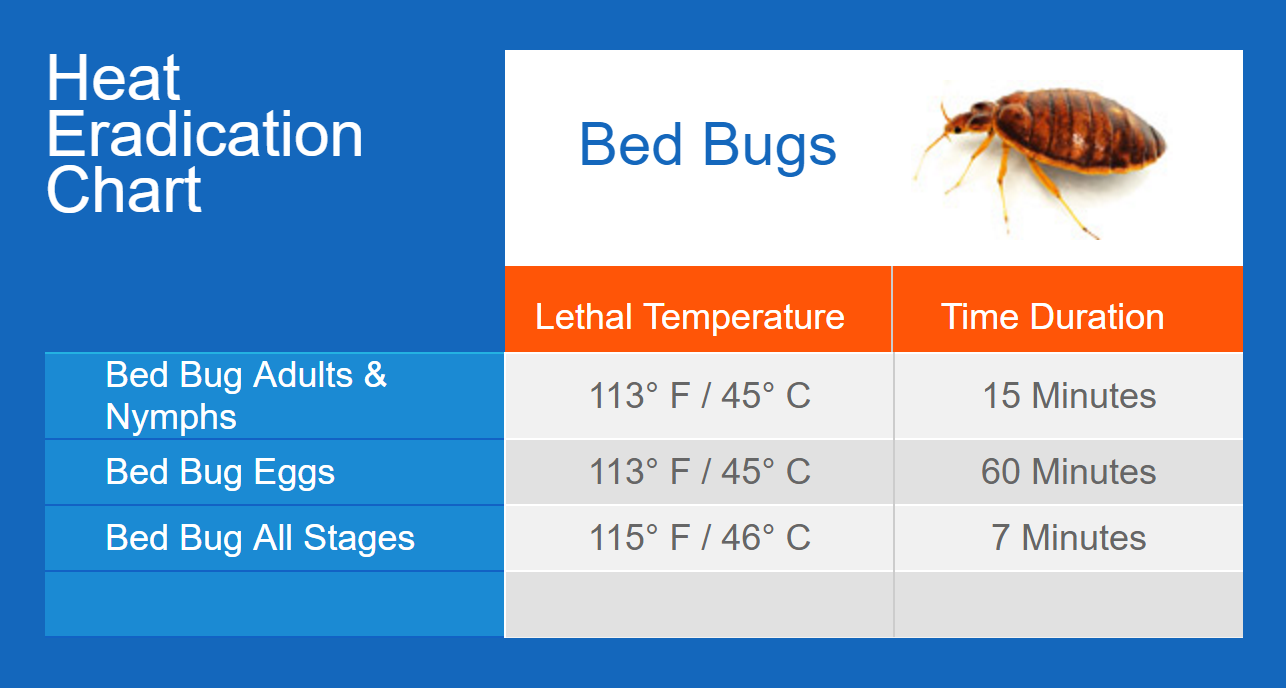
Bedbugs are incredibly difficult to get rid of once they have infested a home. Knowing how long it takes for them to infest is key to preventing an infestation.
- Bedbugs can start to infest in as little as 1-2 weeks if conditions are favorable.
- They reproduce quickly and can lay up to 5 eggs a day, making it easier for them to spread.
- If left unchecked, bedbugs can become an infestation in as little as a month.
- Bedbugs can live up to 18 months without feeding, and some can go up to a year without feeding.
- Bedbugs can hide in small crevices and even travel on humans, making them harder to detect.
- Bedbugs can spread quickly and infest multiple rooms or even multiple homes.
Preventing an infestation is the best way to keep bedbugs away. Vacuuming regularly and keeping your home clean can help reduce the chances of an infestation. If you suspect you may have bedbugs, it is important to contact a pest control professional as soon as possible.
Bed Bug Prevention Techniques
Table 1: Bed Bug Prevention Techniques
| Steps | Description |
|---|---|
| Inspect | Inspect for bed bugs regularly. Look for signs of bed bugs such as small dark spots on mattresses and bedding, or small red, brown or black bugs in the crevices of the bed. |
| Vacuum | Vacuuming regularly can help to remove bed bugs and their eggs. Pay special attention to cracks and crevices where bed bugs may be hiding. |
| Encase | Encase mattresses and box springs in bed bug proof covers. This will prevent bed bugs from getting in or out. |
| Wash & Dry | Wash and dry bedding and other items in hot water and on the highest heat setting. This will kill bed bugs and their eggs. |
| Discard | Discard items that are infested with bed bugs. If items can’t be discarded, bag them and store them away from living areas. |
Inspecting for bed bugs regularly, vacuuming regularly, encasing mattresses and box springs, washing and drying bedding and other items in hot water, and discarding items that are infested with bed bugs are all effective bed bug prevention techniques. Taking these steps can help reduce the risk of bed bug infestations.
Bed Bug Removal Techniques
Bed bugs are hardy pests, but there are removal techniques that can help. The most effective methods involve thorough cleaning, vacuuming, and the use of insecticides.
Cleaning is key to bed bug removal. Thoroughly vacuum carpets, bedding, and furniture, paying particular attention to seams and cracks. Vacuum bags should be discarded after use. Steam cleaning is also effective. Wash all bedding, curtains, and other fabric items in hot water and dry using high heat.
Insecticides can also be used to eradicate bed bugs. These include sprays, dusts, and baits. Sprays should be applied to any cracks or crevices where bed bugs may hide. Dusts should be used in hard to reach places, such as under baseboards and behind outlets. Baits can be used as well, although they are often not as effective as sprays or dusts.
In cases of severe infestation, professional pest control services may be necessary. These experts are trained in the most effective methods of bed bug removal and can provide additional advice on how to prevent re-infestation.
No matter the method of removal, it may take several weeks to completely eliminate a bed bug infestation. The key is to be patient and persistent in your efforts until the pests are gone.
Frequently Asked Questions
What is the Average Time Frame for Bed Bug Infestations?
Bed bug infestations can develop quickly, often within a few weeks. Once bed bugs have established a presence in an environment, they can spread rapidly and take over an entire home or building in a matter of months. It is important to address infestations as soon as possible to prevent them from becoming a larger problem.
How quickly do bed bugs reproduce and spread?
Bed bugs reproduce quickly, and can spread from one location to another in a matter of days. An adult female bed bug can lay up to five eggs per day and can lay up to 500 eggs in her lifetime. Bed bugs can be transported to other locations by humans on clothing or in luggage, or through cracks and crevices in walls and floors. Once bed bugs have infested a home, they can spread rapidly throughout the entire residence, making it difficult to control their spread.
What are the signs of bed bug infestations?
Bed bug infestations can be identified by reddish-brown spots on mattresses, bedding, and furniture. Other signs include finding bed bug eggs or shed skins, a sweet musty odor, and bites on the skin. Bed bugs can also be detected by using a flashlight to search for the bugs in the seams and tufts of the mattress.
What are the best methods for preventing bed bug infestations?
The best methods for preventing bed bug infestations include regularly inspecting secondhand furniture and mattresses for signs of bed bugs, sealing off cracks and crevices in walls and floors, and encasing mattresses and box springs in tightly woven covers. Vacuuming regularly can also help to remove bed bugs from carpets, furniture, or other surfaces. Regularly laundering bedding, linens, and clothing in hot water can also help to reduce infestations.
What steps can be taken to get rid of bed bug infestations?
The first step in getting rid of bed bug infestations is to identify the infestation. Once the infestation has been identified, it is important to thoroughly clean the affected area to remove any eggs or bugs. Vacuuming can be effective in removing bugs and eggs, and special vacuums designed for bed bug removal can be used. Steam cleaners or hot soapy water can also be effective in killing bed bugs. Chemical treatments such as insecticides or fumigants may also be used, although this should be done with caution. It is important to follow the directions carefully when using any chemical treatments. Finally, it is important to cover mattresses, box springs, and furniture with encasements to prevent re-infestation.
Conclusion
It’s clear that bed bugs can infest a home in a relatively short amount of time. Unfortunately, bed bugs can spread quickly and be hard to get rid of, so it’s important to be aware of the signs and take preventive measures to avoid an infestation. Taking the time to identify the source of the infestation and using the right methods to treat it can help to avoid the spread of bed bugs.






